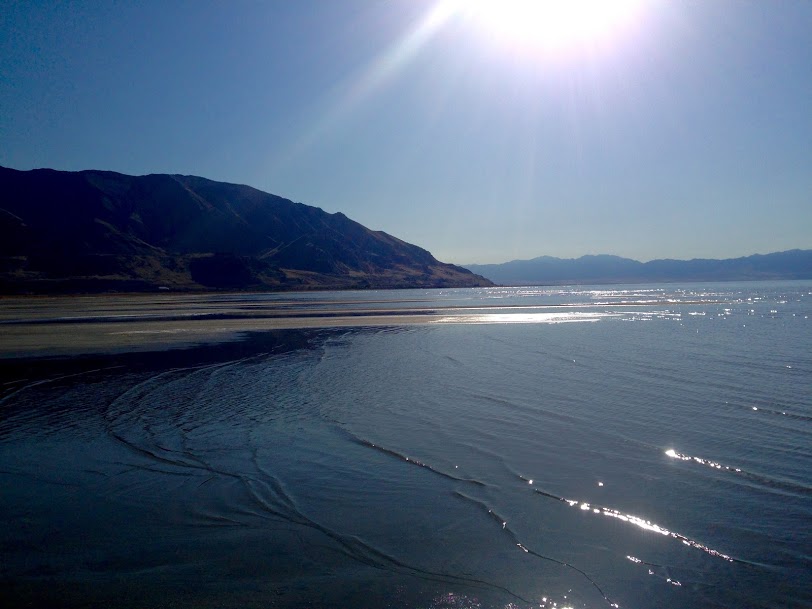A Place in Time: Utah History in Context - 13000-12500 B.C.

The Great Salt Lake 15,000 years ago, before any humans are known to have inhabited the area, Lake Bonneville covers some 32,000 square miles from its northern tip in Southern Idaho to its southern tip in Southern Utah, and its western extremity in Eastern Nevada to its eastern extremity in Central Utah. At its maximum depth, it is over 980 feet deep. The climate is cool and wet, and the valleys in Utah west of Wasatch Mountains are submerged deep under the lake. After recent lava flows have diverted the flow of rivers in Southeastern Idaho into the lake, Bonneville's levels rise even higher, seeping through the barrier at the Portneuf and Bannock Mountains. At first the leaking is gradual, until suddenly one day, the barrier is broken. The massive power of Lake Bonneville is unleashed at 33 million cubic feet per second in a 410-foot wave, blasting through the Snake River Plain at 70 miles per hour and reshaping the land. The 600-foot Snake Rive...
